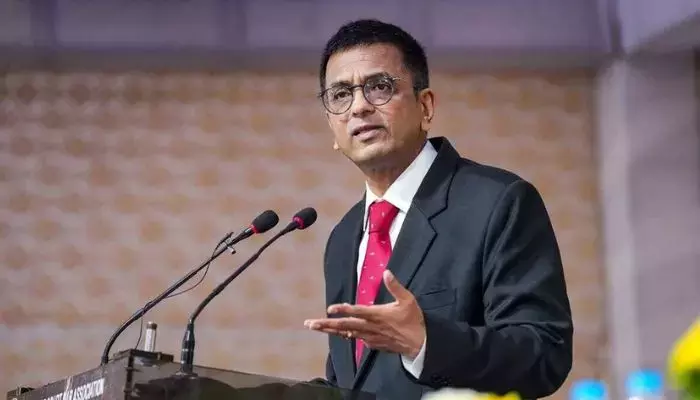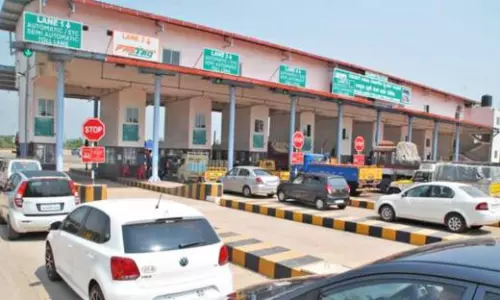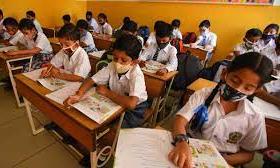
India and China have similar student enrolment, but India has five times more schools: report
text_fieldsNew Delhi: A recent Niti Aayog report titled 'Learnings from Large-scale Transformation in School Education' highlights that India has approximately five times more schools than China catering to similar student enrolments.
The report points out that over 50% of primary schools in several Indian states have fewer than 60 students enrolled, signifying low numbers in many educational institutions.
Meanwhile, China has experienced a trend of dozens of international and private schools shutting down or consolidating due to stringent regulations, economic slowdown, and declining foreign student enrollments. The report revealed that in 2020, China had about 180,000 private educational institutions, representing over a third of the country's educational facilities, with an enrollment of 55.6 million students.
International schools in China, specifically admitting students with foreign passports, have witnessed dwindling student numbers due to expatriates leaving amid the pandemic and increasing geopolitical tensions. The surge in privately-run bilingual schools offering Western curriculum faced challenges after Beijing introduced new regulations in 2021, aiming to alleviate pressure on children and reduce family expenditures, resulting in setbacks for the education sector.
The Niti Aayog report concerning India emphasises that a significant proportion of primary schools in various states grapple with low student enrollments, leading to challenges such as multi-grade teaching, inadequate infrastructure, limited parental involvement, and administrative responsibilities delegated to a few teachers without a dedicated headmaster or principal.
To counter this issue, the report suggests school mergers as a potential solution, citing successful outcomes in addressing low enrollments in schools across SATH-E states. The document underscores that despite concerns regarding the impact of mergers on accessibility, third-party studies in SATH-E have demonstrated positive benefits, showcasing improvements in learning outcomes.
Additionally, the report recommends the establishment of larger integrated K-12 schools across states, aiming to cover 10-20% of the region, equipped with transportation facilities to ensure equitable access. This approach aligns with the National Education Policy's directive to create extensive school complexes.
The report documents the consolidation efforts undertaken in SATH-E states and outlines initiatives aimed at developing leading schools to enhance the educational landscape.























